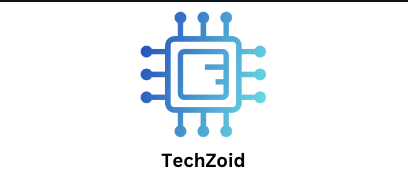Understanding Push Traffic
The flow of users brought about by push notification ads—brief, clickable messages delivered straight to a user’s device or browser—is referred to as push traffic. Push alerts show up on the screen even when the user is not actively surfing, in contrast to traditional advertisements that require consumers to actively visit websites or apps. For timely offers, reminders, news alerts, and promotions, they are therefore quite successful.
Advertisers may now contact people on desktop and mobile browsers thanks to the expansion of push notifications from mobile applications to online push notifications. These advertisements are visually appealing and attention-grabbing since they often include a title, a brief message, an emblem, and a picture.
How Push Traffic Operates
The way push traffic works is dependent on permissions. This implies that in order to get alerts, users must willingly consent. Publishers or websites can then use advertising networks to distribute push adverts.
The usual procedure is as follows:
User Subscription
Users are prompted to accept alerts when they visit a website or install an app. They join the publisher’s push subscription base if they agree.
Ad Delivery
Within a push ad network, advertisers design campaigns. Based on targeting parameters like location, device kind, interests, and behavior, these networks then show appropriate subscribers advertisements.
User Interaction
A push ad functions similarly to a system notification on the user’s screen. It generates highly qualified traffic by redirecting users to the advertiser’s landing page if they click on it.
Monitoring and Enhancement
In order to improve campaign performance, advertisers track conversions, click-through rate (CTR), and other analytics.
Push Traffic Types
1. Traditional Push Alerts
Once a person has opted in, these are typical alerts that show up on their device or browser. They are often utilized for notifications, updates, and promotions.
2. Push Notifications on the Page
In-page push advertising are a more modern style that mimics traditional push alerts but doesn’t require a user subscription. They display within a website itself. Because iOS users often do not support web push, this enables advertisers to reach a wider audience.
The Reasons Behind the Popularity of Push Traffic
Push traffic has become quite popular for a number of reasons:
High Visibility: Push alerts show up right on the screen, which raises interaction rates.
Permission-Based: Users who have already indicated an interest in getting alerts are shown the adverts since they have opted in.
For time-sensitive promotions like flash sales and special offers, real-time delivery is ideal.
Reasonably priced CPC Rates: Performance marketers find push traffic appealing since it frequently has cheaper cost-per-click (CPC) rates than other advertising methods.
Versatility of Devices: Functions flawlessly on tablets, smartphones, and PCs.
Advertisers’ Advantages of Push Traffic
Push traffic is used by advertisers because it may produce reliable, scalable results. Among the main advantages are:
Increased Rates of Engagement
Push notifications frequently have a better click-through rate (CTR) than banners or pop-ups because of their location and instantaneous nature.
Customized Targeting
By customizing messaging according to user preferences, geography, or behavior, marketers may increase the likelihood that users will convert.
Ad Blocker Resistance
Because push advertising operate outside of conventional page layouts, they get past the majority of ad-blocking systems.
High ROI
Particularly in affiliate marketing and e-commerce, push traffic frequently yields great returns on investment due to high engagement and low CPC.
Typical Push Traffic Use Cases
Push traffic is used in the following industries:
E-commerce (product alerts, flash sales)
Affiliate marketing (lead generation, CPA campaigns)
News and media (updates, breaking news)
Apps and gaming (bonuses, new features)
Education and finance (reminders, offers)
When it comes to retargeting visitors who have previously visited a website but did not make a purchase, push notifications are particularly useful.
Conclusion
Because push traffic offers a direct, effective, and highly engaging method of reaching people, it has completely changed the landscape of digital advertising. It is a valuable tool for marketers looking to increase their audience and conversions because of its permission-based structure, affordability, and real-time delivery. Push notifications will probably continue to be an important part of contemporary marketing efforts as customer behavior continues to move toward mobile and fast communication. Businesses may get a major edge in reaching their target audience and attaining quantifiable outcomes by knowing how push traffic operates and how to use it efficiently.
